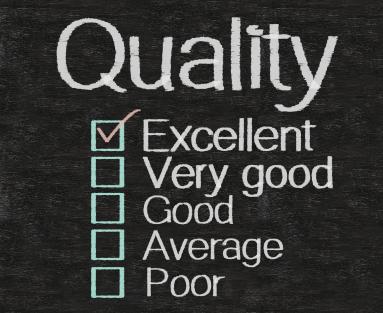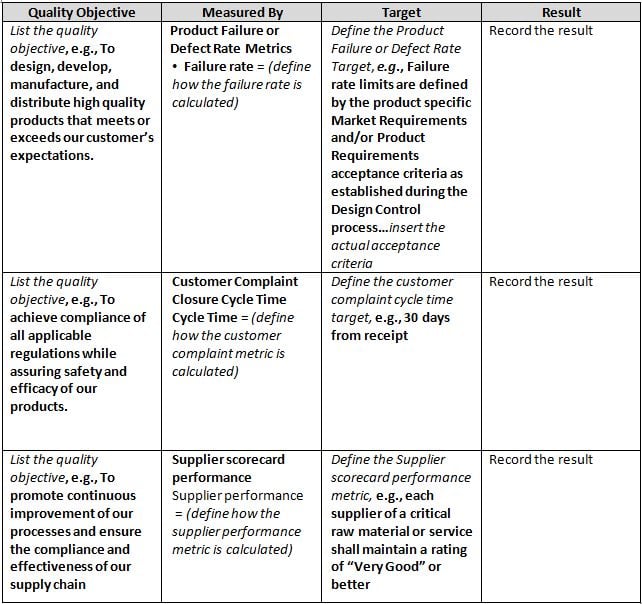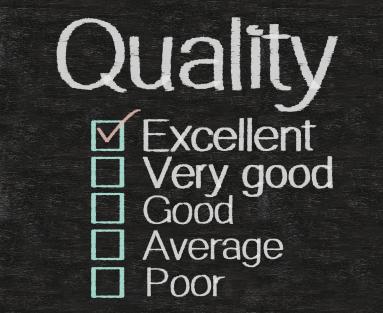 As discussed in part one and part two of this series, ISO13485 is a regulatory standard whose focus is meeting customer requirements, including regulatory requirements, and maintaining the effectiveness of the Quality Management System (QMS).
As discussed in part one and part two of this series, ISO13485 is a regulatory standard whose focus is meeting customer requirements, including regulatory requirements, and maintaining the effectiveness of the Quality Management System (QMS).
Section 5 of the standard requires management involvement and responsibility for the effectiveness of the QMS. The management review meeting represents the forum where process objectives, metrics and goals are reviewed and assessed. The outcomes of the periodic assessments should be directly correlated to the continuous improvement requirements built into the ISO13485 standard.
A useful tool to facilitate and monitor continuous improvement visibility, progress and sufficient resource allocation is a “Management Review Metrics Scorecard”. The scorecard is generally reviewed at the end of a Management Review meeting. It summarizes the current status of quality objectives, defines what the metric is and how it’s measured, states the internal acceptable target, and records the most recent measurement for comparison against the target. The organization has now documented its progress towards its quality objective goal. Of course, an organization that values accountability in its business culture needs and wants to demonstrate that they are “hitting their numbers”. The scorecard is an effective method of coherently making that assessment.
The scorecard consists of 4 primary elements:
1. “Quality Objective”: The quality objective is a high level statement. A company’s Quality System is described in its Quality Manual. The manual establishes and documents the policies with regard to the implementation and maintenance of a quality system in accordance with established regulations. The Quality Manual should contain a section entitled “Quality Objectives” that lists the tangible goals and objectives the company aims to achieve through its Quality System. The objectives then are the high level statements to include in the scorecard.
2. “Measured By”: This defines the specific metric being measured and the calculation(s) used to determine the result. This metric is directly correlated to the Quality Objective.
3. “Target”: This is the internally derived and defined acceptable target that tells the organization if it is meeting its quality objectives.
4. “Result”: This is the most recent measurement that is compared against the target.
Management Review Metrics Scorecard: an example how to set-up and use a scorecard follows. Each organization can adapt for their specific needs and requirements. The quantity of metrics associated with quality objectives measured is an internal decision, but should reflect meaningful data that the organization can use to accurately reflect that they are indeed achieving continuous improvement and that their Quality System is effective.


